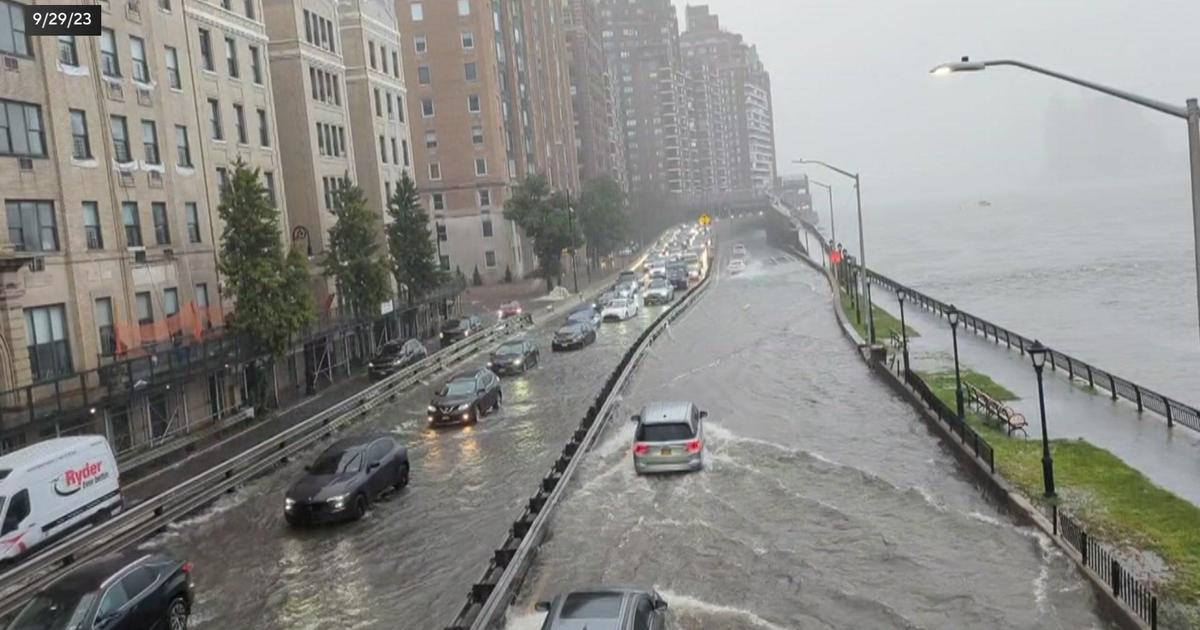Amtrak Activates Speed Control System Between NYC And Philadelphia
NEW YORK (CBSNewYork) -- Calling it an added layer of safety, Amtrak has installed a high-tech crash avoidance system along a stretch of the Northeast Corridor following a deadly rail accident earlier this year.
The railroad activated its Positive Train Control system over the weekend between New York City and Philadelphia. It is an automatic speed control system that will apply brakes when a train goes over the speed limit.
Lance Marst was traveling on Amtrak as a passenger, but said he knows the system well, having installed it in parts of Virginia as a foreman.
"You have 60 seconds to make some kind of move, start slowing down, apply the brakes, and if you don't, the computer system will recognize that, and it will signal the train to stop itself," he told CBS2's Janelle Burrell.
"When we're out there and our heads down and our backs turned, we know that there's something protecting us while we're out there working, and we get to go home to our families, too."
In May, an Amtrak train bound for Penn Station derailed in Philadelphia. The train was traveling 106 miles per hour -- more than double the speed limit. The crash killed eight people and left more than 200 injured.
The safety system had been installed on the southbound stretch of rail between New York and Philadelphia at the time of the derailment, but not on the northbound tracks.
"I feel more safer knowing (if) something happened the train is going to stop, knowing it's not depending on someone else," said passenger Ahed McDaniel.
After the derailment, Congress mandated that all railroads have the Positive Train Control system in place by the end of this year. But Congress ended up extending the deadline until 2018 after commuter railroads, including Metro-North and NJ TRANSIT, complained that logistical challenges would make it difficult to implement the technology so quickly.
"This is enormously complicated technology that uses GPS and other tracking systems to know where every single train is on every inch of our network," MTA spokesman Adam Lisberg said in August. "This is as fast as we can humanly go."
The National Transportation Safety Board is expected to release its final report on the May derailment sometime next year.



